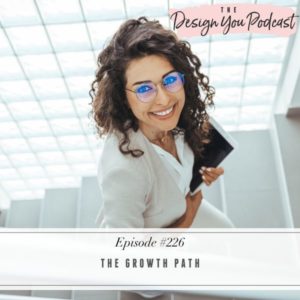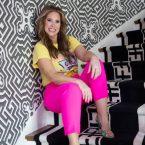
Have you ever wished you had an all-encompassing system in your toolkit to help you eliminate the stress of all the unknowns in business? If you want a simple system that leaves no stone unturned when it comes to your revenue, how it gets allocated, and who to hire, this is your lucky day.
There are two pieces that are the most challenging when it comes to business: getting out of your own way so other people can help you, and being willing to make more money. The Growth Path is an amazing new tool that we’ve created as part of our all-new redesigned Designer MBA course, and it covers it all and so much more. And I’ve brought on my work wife, business BFF, and COO of our company, April to dive into it together.
Join us on the podcast as we show you exactly what The Growth Path entails, and how it helps you get out of the weeds and never drop the ball on your business. You’ll discover why it takes the fear out of business building, and how you can take it as it is or edit it to align with where you are right now.












